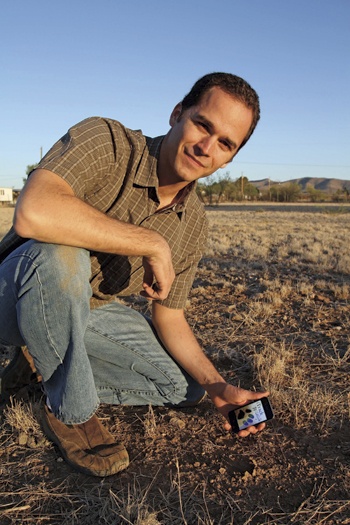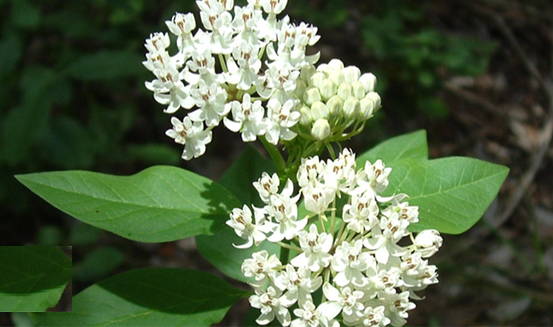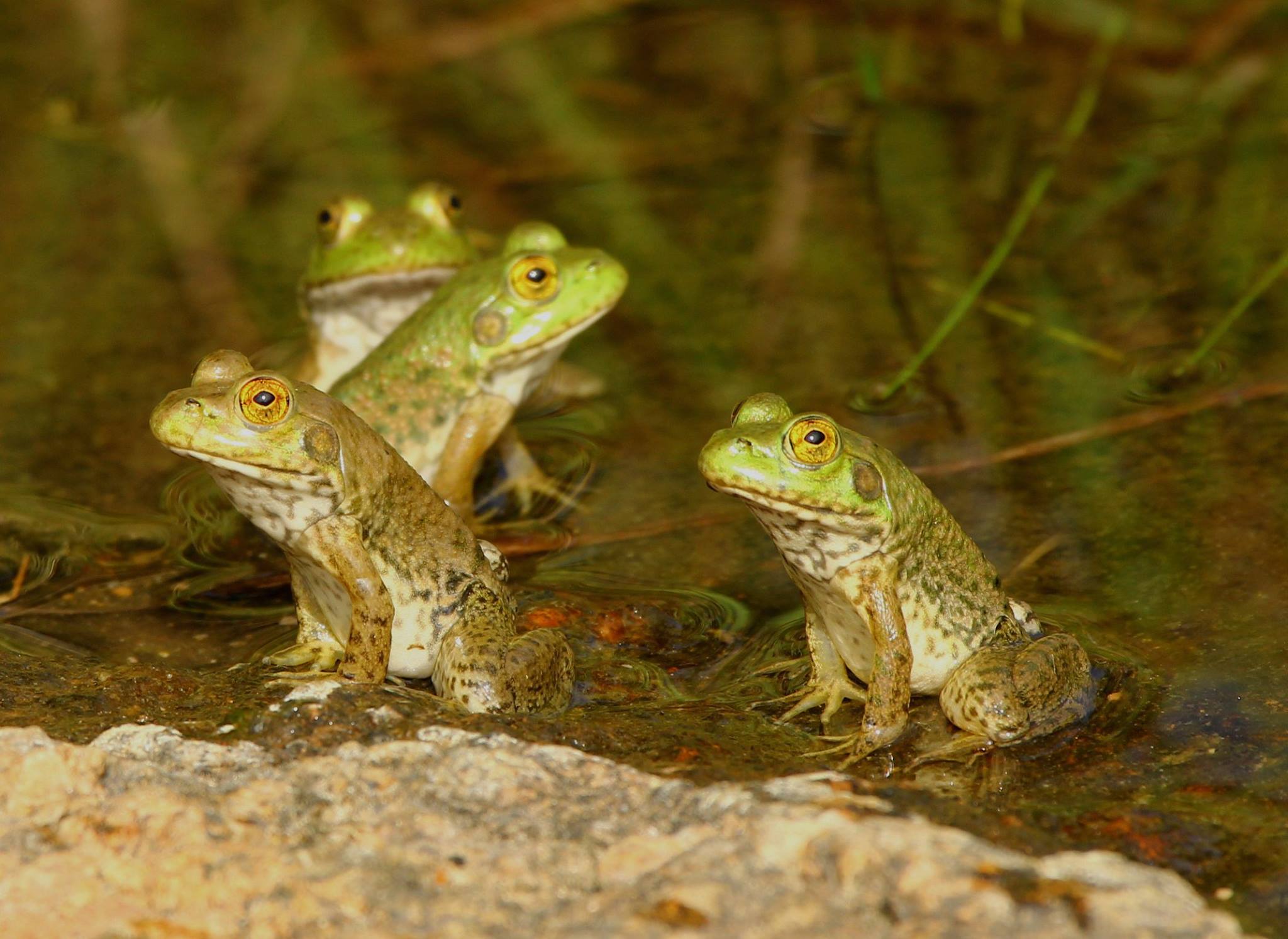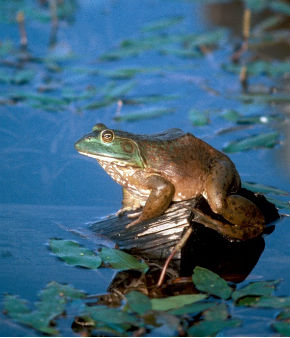Tracking Wildlife Beyond Footprints
Friday, June 23rd, 2017
TPWD Wildlife Biologist, Jonah Evans trains fellow biologists on the art and science of tracking Texas wildlife. Photo by Albert Halpren, Texas Coop Magazine.
This is Passport to Texas
A lot of us, when tracking wildlife, search for footprints only.
You know, the tracks, themselves, are the easy part as far as determining something’s been there.
East Texas wildlife biologist, Heidi Baily says the tracks alone tell only part of the story.
In my experience, one of the toughest things for a tracker to learn, is to just take a step back and look at the scene as a whole rather than zooming in on one or two tracks. Sometimes it really helps to step back and look at where the animal’s been going, and what he’s been doing. You get a whole lot bigger picture as opposed to just kind of a snapshot and being able to say, ‘Okay. That’s a raccoon.’
Heidi says when people start opening themselves to fully tracking wildlife—and not just the footprints—they begin to experience the outdoors in new ways.
A lot of times, you may not see wildlife, but tracking just puts it in your mind that you’re surrounded by wildlife whether you see it or not. And, it really gets your brain to churning trying to put yourself in the mind of that animal. It’s a real treat, and a good time to get outside and enjoy it to the fullest.
Enrich your outdoor experience with wildlife tracking. Find more information at passporttotexas.org.
The Wildlife Restoration Program Supports our series.
For Texas Parks and Wildlife, I’m Cecilia Nasti.






 Passport to Texas is a
Passport to Texas is a  Passport to Texas is made available by:
Passport to Texas is made available by: